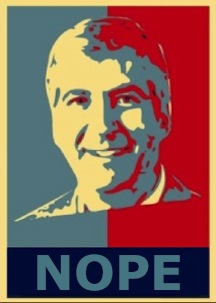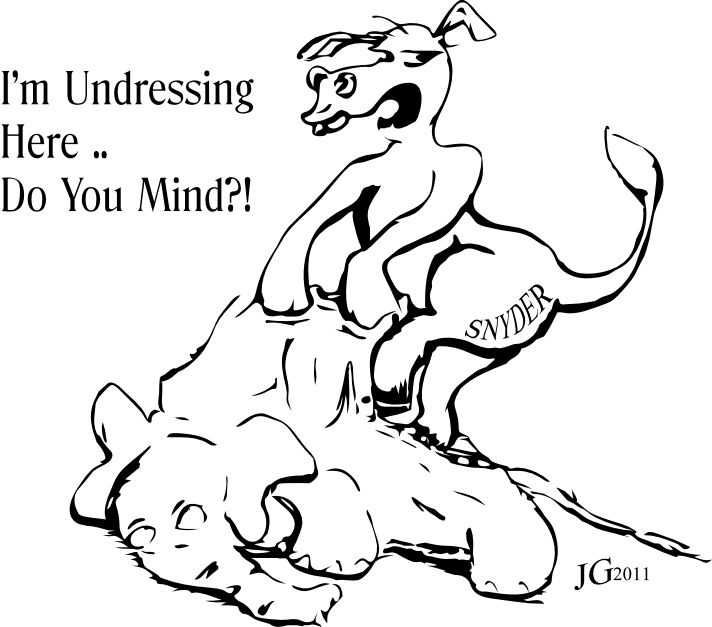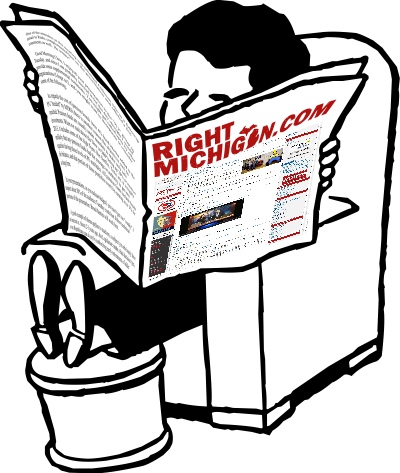Anyone concerned about the relative power of big states and small states should realize that the current system shifts power from voters in the small and medium-small states to voters in the current handful of big states.
Now with state-by-state winner-take-all laws presidential elections ignore 12 of the 13 lowest population states (3-4 electoral votes), that are almost invariably non-competitive, and ignored, in presidential elections. Six regularly vote Republican (Alaska, Idaho, Montana, Wyoming, North Dakota, and South Dakota), and six regularly vote Democratic (Rhode Island, Delaware, Hawaii, Vermont, Maine, and DC) in presidential elections.
Support for a national popular vote is strong in every smallest state surveyed in recent polls among Republican voters, Democratic voters, and independent voters, as well as every demographic group. Support in smaller states (3 to 5 electoral votes): Alaska -- 70%, DC -- 76%, Delaware --75%, Idaho - 77%, Maine -- 77%, Montana - 72%, Nebraska -- 74%, New Hampshire --69%, Nevada -- 72%, New Mexico -- 76%, Oklahoma - 81%, Rhode Island -- 74%, South Dakota - 71%, Utah - 70%, Vermont -- 75%, and West Virginia - 81%, and Wyoming - 69%.
Nine state legislative chambers in the lowest population states have passed the National Popular Vote bill. It has been enacted by the District of Columbia, Hawaii, and Vermont.
Under the current system, the 11 most populous states contain 56% of the population of the United States, and a candidate could win the Presidency by winning a mere 51% of the vote in just these 11 biggest states -- that is, a mere 26% of the nation's votes.
With National Popular Vote, big states that are just about as closely divided as the rest of the country, would not get all of the candidates' attention. In recent presidential elections, the 11 largest states have been split -- five "red states (Texas, Florida, Ohio, North Carolina, and Georgia) and six "blue" states (California, New York, Illinois, Pennsylvania, Michigan, and New Jersey). Among the four largest states, the two largest Republican states (Texas and Florida) generated a total margin of 2.1 million votes for Bush, while the two largest Democratic states generated a total margin of 2.1 million votes for Kerry. 8 small western states, with less than a third of California's population, provided Bush with a bigger margin (1,283,076) than California provided Kerry (1,235,659).
Under National Popular Vote, every vote is equal.
21% of Americans live in rural areas.
With National Popular Vote, big cities would not get all of candidates' attention, much less control the outcome.
The population of the top five cities (New York, Los Angeles, Chicago, Houston and Philadelphia) is only 6% of the population of the United States and the population of the top 50 cities (going as obscurely far down as Arlington, TX) is only 19% of the population of the United States.
Suburbs and exurbs often vote Republican.
If big cities controlled the outcome of elections, the governors and U.S. Senators would be Democratic in virtually every state with a significant city.
Evidence as to how a nationwide presidential campaign would be run, can be found by examining the way presidential candidates campaign to win the electoral votes of closely divided battleground states, such as in Ohio and Florida, under the state-by-state winner-take-all methods. The big cities in those battleground states do not receive all the attention, much less control the outcome. Cleveland and Miami certainly did not receive all the attention or control the outcome in Ohio and Florida in 2000 and 2004.
Because every vote is equal inside Ohio or Florida, presidential candidates avidly seek out voters in small, medium, and large towns. The itineraries of presidential candidates in battleground states (and their allocation of other campaign resources in battleground states) reflect the political reality that every gubernatorial or senatorial candidate in Ohio and Florida already knows-namely that when every vote is equal, the campaign must be run in every part of the state.
Even in California state-wide elections, candidates for governor or U.S. Senate don't campaign just in Los Angeles and San Francisco, and those places don't control the outcome (otherwise California wouldn't have recently had Republican governors Reagan, Dukemejian, Wilson, and Schwarzenegger). A vote in rural Alpine county is just an important as a vote in Los Angeles. If Los Angeles cannot control statewide elections in California, it can hardly control a nationwide election.
In fact, Los Angeles, San Francisco, San Jose, and Oakland together cannot control a statewide election in California.
Similarly, Republicans dominate Texas politics without carrying big cities such as Dallas and Houston.
There are numerous other examples of Republicans who won races for governor and U.S. Senator in other states that have big cities (e.g., New York, Illinois, Michigan, Pennsylvania, and Massachusetts) without ever carrying the big cities of their respective states. It is certainly true that the biggest cities in those states typically vote Democratic. However, the suburbs, exurbs, small towns, and rural parts of the states often voted Republican. If big cities controlled the outcome of elections, the governors and U.S. Senators would be Democratic in virtually every state with a significant city.
Under a national popular vote, every vote everywhere will be equally important politically. There will be nothing special about a vote cast in a big city or big state. When every vote is equal, candidates of both parties will seek out voters in small, medium, and large towns throughout the states in order to win. A vote cast in a big city or state will be equal to a vote cast in a small state, town, or rural area.
The main media at the moment, namely TV, costs much more per impression in big cities than in smaller towns and rural area. So, if you just looked at TV, candidates get more bang for the buck in smaller towns and rural areas.
If the National Popular Vote bill were to become law, it would not change the need for candidates to build a winning coalition across demographics. Any candidate who yielded, for example, the 21% of Americans who live in rural areas in favor of a "big city" approach would not likely win the national popular vote. Candidates would still have to appeal to a broad range of demographics, and perhaps even more so, because the election wouldn't be capable of coming down to just one demographic, such as voters in Ohio.
With National Popular Vote, every vote, everywhere, would be politically relevant and equal in presidential elections. Wining states would not be the goal. Candidates would need to care about voters across the nation, not just undecided voters in the current handful of swing states.
Parent





